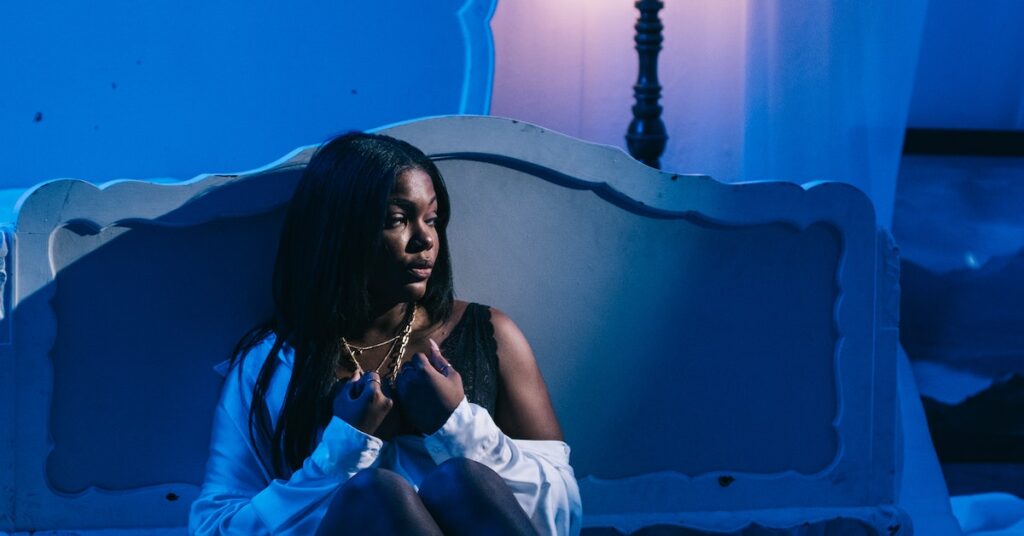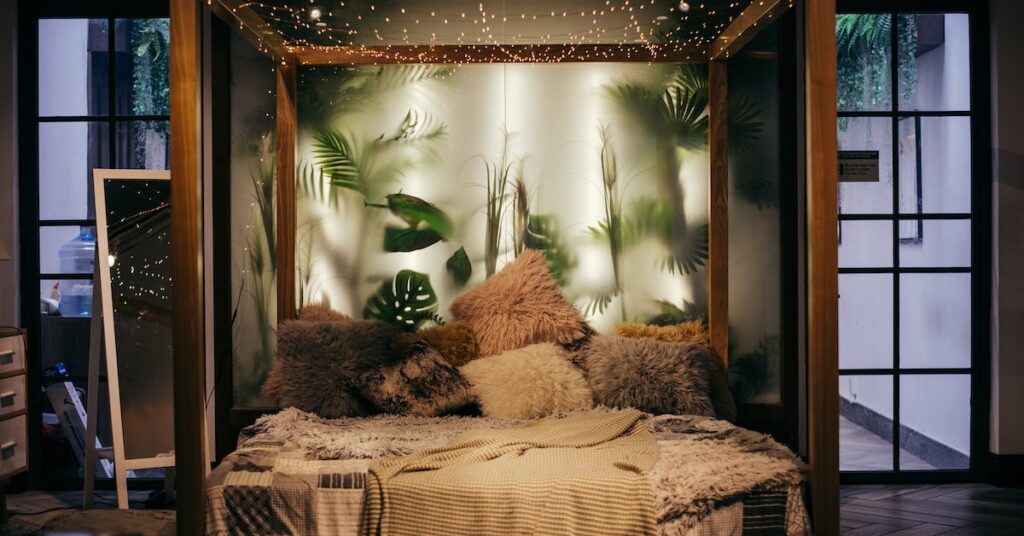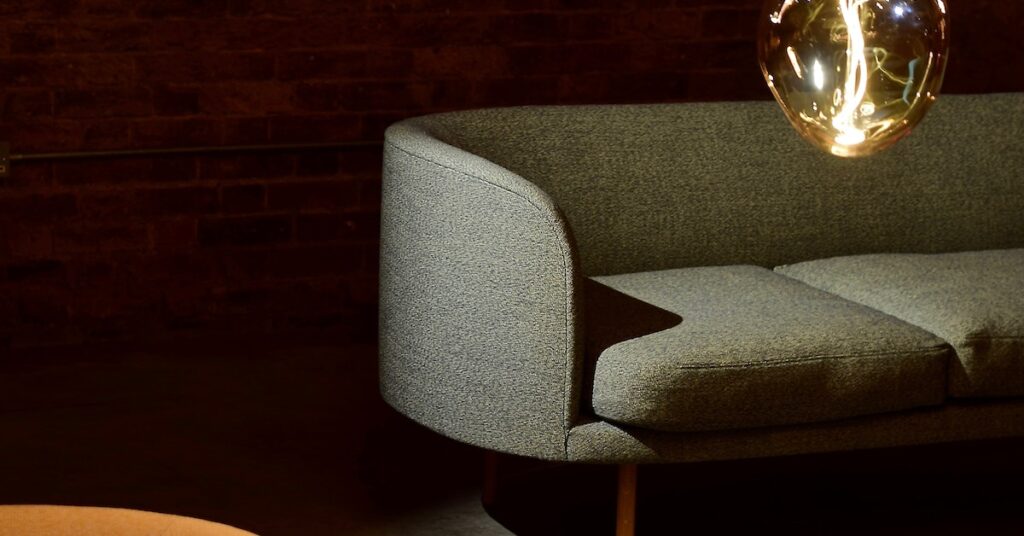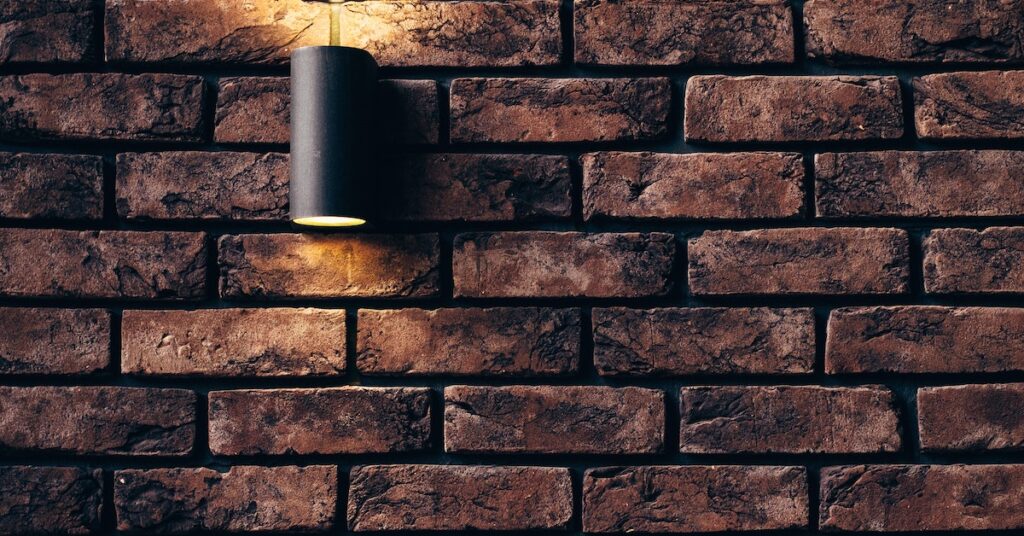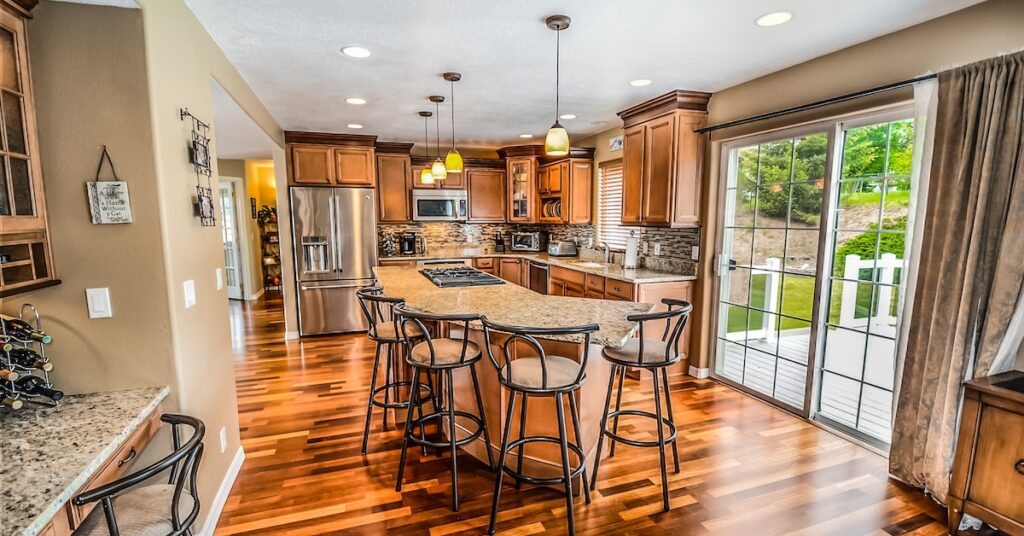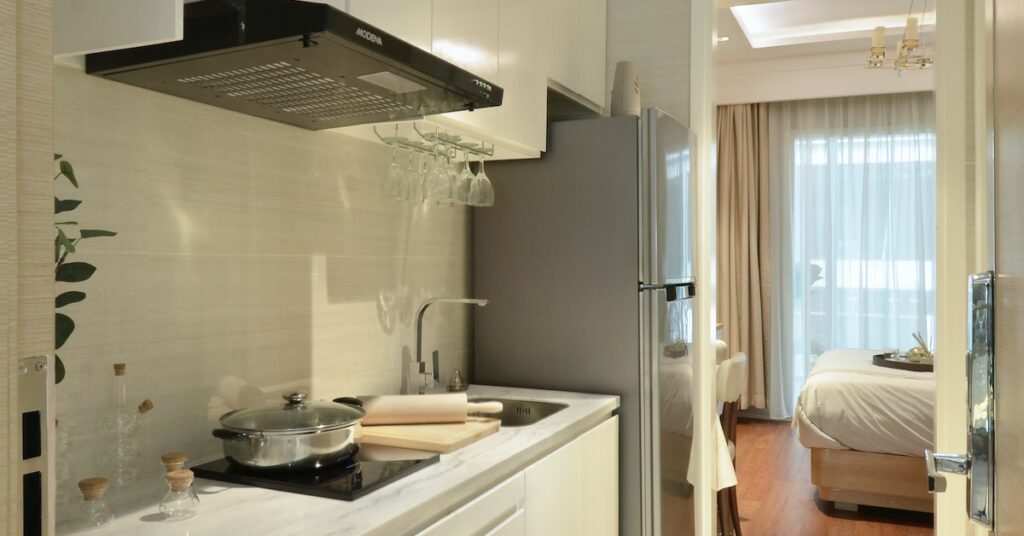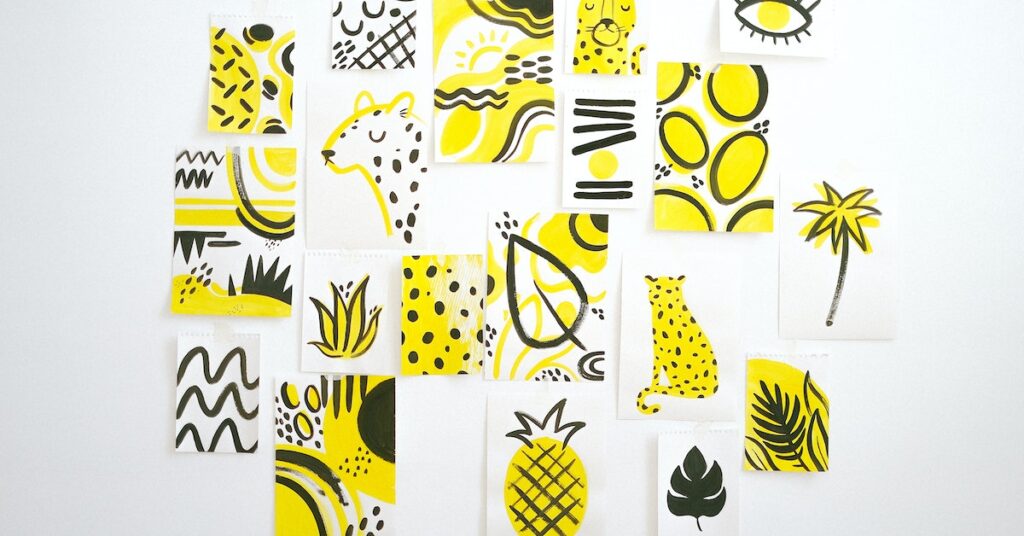Why Interior design matters, want to know? Big question. Let’s Dive into this. High-end interior design can have a huge impact on your quality of life. You can transform your home by choosing high-quality furniture. Mood lighting is another important factor. Color is one of the most important elements of interior design. It can influence how you feel when you are in the room.
Mood lighting is an element of interior design
Mood lighting is an element of interior-design that can have a major impact on a room’s atmosphere. Different types of light create different moods in different rooms. For example, natural light makes a room feel warm, while fluorescent lighting creates a chilly environment. This is why knowing different types of light is so important.
Although mood lighting has several advantages, it is not suitable for all types of interior-design settings. For example, it may be difficult to create an ambient setting in an office, utility room, or home, so you should choose flexible light fixtures to suit your needs. In the case of commercial spaces, you can use a combination of light levels to create a mood-enhancing ambiance.
The use of lighting is crucial for interior-design. It can set the mood of a room and also improve the performance of the office worker. In addition, you can use accent and task lighting to focus on a particular area. For example, you can use track lighting to emphasize a decorative piece or photo, or use spotlights to highlight architectural features, wall textures, or houseplants.
Interior design professionals use different types of lighting in order to transform a space. They also use natural light and artificial lighting to create different atmospheres in different interior spaces. They use these factors to transform a space into a relaxing or inviting place. They use their creativity and skills to create an atmosphere that makes the space feel inviting.
Ambient lighting should illuminate a room evenly. Task lighting should provide the necessary illumination in specific areas, while accent lighting is used to set a mood or draw attention to aesthetically pleasing features. Accent lighting should enhance the best features of the room while reducing the impact of less attractive areas.
Functionality is a key component of interior design
When designing a home, functionality is one of the most important aspects. It determines how a space functions and what it looks like. It should fit the culture and needs of the people who will live in it. In addition to aesthetic appeal, functional interior design is necessary for the comfort and well-being of its occupants.
Colors set the mood of the space. They can either relax a person or make them feel energetic. The colors green and blue are relaxing, whereas red and fuchsia are stimulating. Beige, on the other hand, conveys simplicity and purity, while pink conveys innocence and trust. Depending on the purpose of a space, a designer may choose to use a variety of colors in one space.
Adding contrast is another important component of interior design. It’s the use of contrasting colors or patterns in a space. This contrast can be as simple as contrasting solid shapes and fine lines, or as complex as using geometric shapes and natural shapes. Without contrasting elements, a space can look boring and lifeless. Using different colors and patterns in one room can add a unique and stylish touch.
Functionality is also an important component of interior design. Storage is a necessity for the modern home. The average American household has 300,000 items. Adding decorative items and accessories can make the space look more beautiful, but also make it unfunctional. While many of us love beautiful accent pieces, we should not overdo it.
Color is a key element of interior design
When decorating a room, color is one of the most important elements. It affects the mood and psyche of the occupant. Choose warm colors to energize your home, and cool colors to create a soothing atmosphere. It is important to remember the principles of color harmony, and adhere to them when using colors in your interior design.
The right color will be the most personal element of your interior design project. Not only will it affect the mood and feel of the room, but it will also affect the perception of the space. You can either choose warm colors for a cozy ambiance, or cool colors for a more relaxed atmosphere. While choosing colors, you should also consider the overall perspective of the room, size and structure of the objects and the flow of the design. Remember to choose a color that complements the focal point of the design area.
Mood lighting can also play a key role in a room’s interior design. Changing the lighting can create a more relaxed or lively atmosphere in a room. For example, natural light can make the space feel more welcoming, while artificial fluorescent lighting will make the room feel cold.
Colours have three characteristics: hue, value and texture. The hue is the colour that is the most noticeable, while the value represents the strength and purity of the colour. This is why interior designers mix and contrast different hues and textures to create the right ambience for your home. A room can look very similar if you use the same shade of green as you do when you choose red.
The right choice of colour can make a room look much bigger or smaller. It can also heighten or diminish the height of a ceiling. Similarly, it can make a room appear sombre or bright. These colours can add comfort and warmth to a room that otherwise feels cold and uninviting. You can also combine colour with pattern to make surfaces and furnishings more interesting.
Shape is another key element of interior design. This refers to the shape of walls and objects. Great design uses both these guiding principles. Geometric shapes, on the other hand, focus on hard lines and angular edges.
Mood lighting influences how a room makes you feel
Research has found that the intensity of light influences our mood. Researchers have also found a link between the intensity of blue and red light, and the feelings they evoke. The study concluded that blue light heightened feelings of warmth while red light heightened feelings of angst. While it is unclear what influences the mood-inducing effects of lighting, these findings show that lighting can significantly affect the way we feel in a room.
Choosing the right color and light for a room is essential for creating the right mood. However, it can be confusing to know which colors to use. A good rule of thumb is to follow guidelines for color temperatures. Warm colors are good for a relaxing environment while cool colors are best for task-oriented rooms.
The lightness and saturation of colors can also play a role in changing the mood of a room. The Wilson experiment did not use equal levels of saturation, so differences in these levels may have explained the results. Likewise, in the Nourse and Welch experiment, higher saturation levels were used for the purple stimulus, and this could have affected the participants’ skin conductance.
Lighting can have a profound effect on how a room makes you feel. Poor lighting can make a room appear dreary and unwelcoming, and poor lighting can make a person feel stressed and unhappy. Lighting that is too harsh or flickering can also make a person feel uncomfortable.
Light has an ongoing relationship with mood. Every light source emits lightwaves, and the human body reacts to these waves. Even the smallest change in lighting can affect your mood. Light can either enhance our behavior or disrupt it, but the relationship between light and mood is vital for achieving optimal health and productivity.
